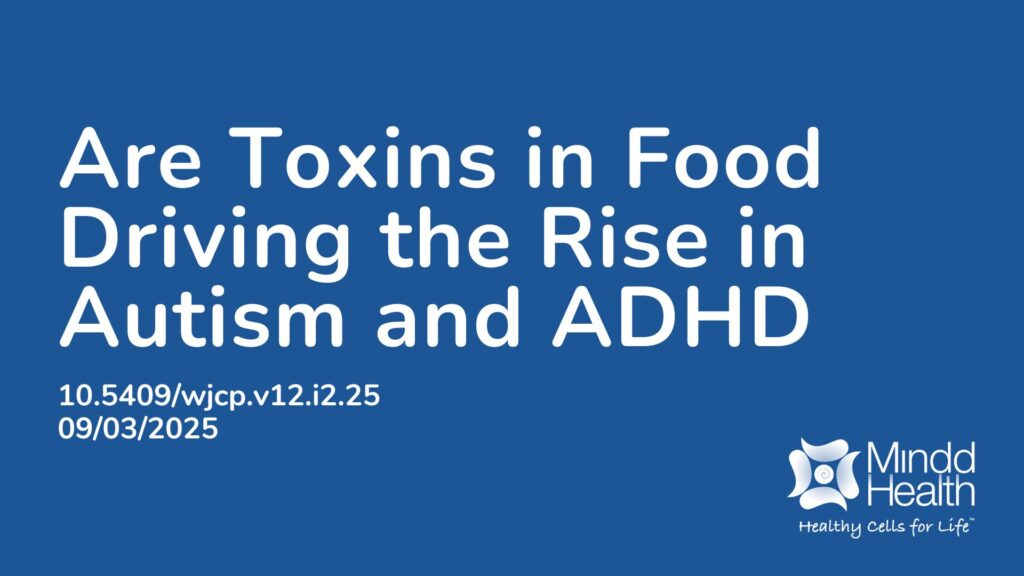Summary:
This paper explores the rise in ADHD and autism, as reflected in the special education system in the United States, which was formally established in the 1970s under the Individuals with Disabilities Education Act (IDEA). This federal law requires states to provide free and appropriate public education to children aged 3 to 21 with developmental or intellectual disabilities that affect their ability to learn in mainstream classrooms. Research shows that around 30% of children with autism also meet the criteria for ADHD. Between 2006 and 2021, the number of U.S. children aged 6 to 21 receiving special education services increased by over 10%. The number of students receiving services under the autism category grew by 242%, while those under Developmental Delay and Other Health Impaired rose by 184% and 83%, respectively. This paper explains that environmental and dietary factors are believed to contribute to the rise in neurodevelopmental conditions such as autism and ADHD. It also discusses the role of heavy metals, such as lead and inorganic mercury, which remain in the U.S. food supply due to industrial processes, and how these substances may alter gene expression and contribute to developmental disorders. Although Congress acknowledged the issue in 2021, no new laws were introduced. The paper explores the potential role of mandatory warning labels on certain foods and how this could help reduce exposure and improve long-term outcomes for children.
Abstract:
In the United States, schools offer special education services to children who are diagnosed with a learning or neurodevelopmental disorder and have difficulty meeting their learning goals. Pediatricians may play a key role in helping children access special education services. The number of children ages 6-21 in the United States receiving special education services increased 10.4% from 2006 to 2021. Children receiving special education services under the autism category increased 242% during the same period. The demand for special education services for children under the developmental delay and other health impaired categories increased by 184% and 83% respectively. Although student enrollment in American schools has remained stable since 2006, the percentage distribution of children receiving special education services nearly tripled for the autism category and quadrupled for the developmental delay category by 2021. Allowable heavy metal residues remain persistent in the American food supply due to food ingredient manufacturing processes. Numerous clinical trial data indicate heavy metal exposures and poor diet are the primary epigenetic factors responsible for the autism and attention deficit hyperactivity disorder epidemics. Dietary heavy metal exposures, especially inorganic mercury and lead may impact gene behavior across generations. In 2021, the United States Congress found heavy metal residues problematic in the American food supply but took no legislative action. Mandatory health warning labels on select foods may be the only way to reduce dietary heavy metal exposures and improve child learning across generations.
Article Publication Date: 09/03/2025
DOI: 10.5409/wjcp.v12.i2.25



